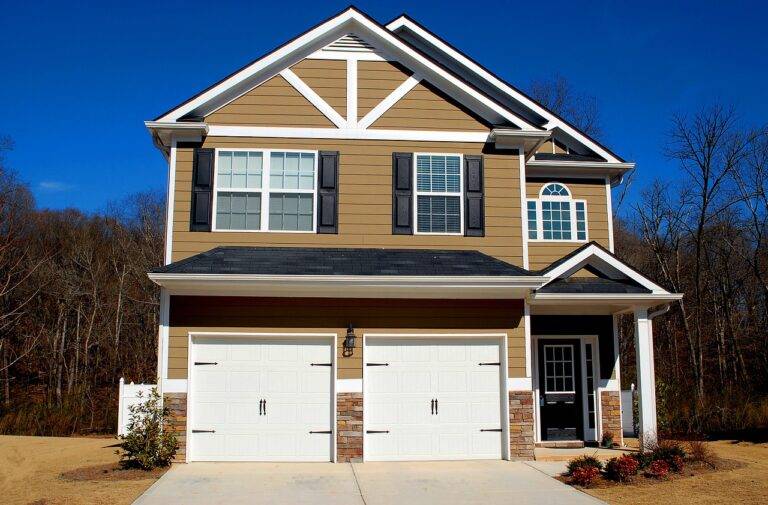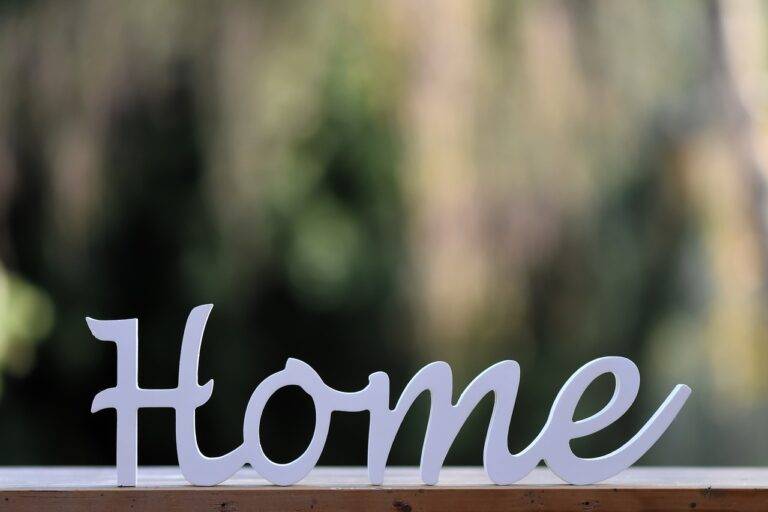Exploring Eco-Friendly Flooring Options for Sustainable Home Improvement
Eco-friendly flooring offers numerous advantages for both homeowners and the environment. One key benefit is improved indoor air quality, as these flooring options do not emit harmful chemicals like traditional flooring materials. This is particularly beneficial for individuals with respiratory issues or allergies, as eco-friendly flooring can help create a healthier living space.
In addition to promoting better air quality, choosing eco-friendly flooring also contributes to sustainability efforts. By selecting materials that are renewable, recyclable, or sourced from responsibly managed forests, homeowners can reduce their carbon footprint and support the conservation of natural resources. This not only benefits the environment but also aligns with the growing trend towards eco-conscious living.
Types of Sustainable Flooring Materials
When considering sustainable flooring options for your home, there are several environmentally friendly materials to choose from. Cork flooring is a popular choice due to its renewable nature. It is made from the bark of cork oak trees, which can be harvested without damaging the tree itself. Cork flooring is also naturally resistant to mold and mildew, making it a great option for areas prone to moisture.
Another sustainable flooring material to consider is reclaimed wood. This type of flooring is made from salvaged wood, often sourced from old buildings or structures. By using reclaimed wood for your floors, you are not only adding a unique and rustic touch to your home, but also helping to reduce the demand for new timber and the associated deforestation. Additionally, reclaimed wood flooring can come in a variety of finishes and styles, making it a versatile choice for any space.
Bamboo Flooring: A Renewable Option
Bamboo flooring is gaining popularity as a sustainable and renewable option for homeowners looking to reduce their environmental impact. Bamboo is a fast-growing grass that can be harvested in just 5-7 years, making it a more eco-friendly choice compared to traditional hardwoods that can take decades to mature. Its rapid growth rate allows for a more sustainable and renewable source of material for flooring.
In addition to being environmentally friendly, bamboo flooring offers durability and versatility. It is as strong as traditional hardwoods and can withstand heavy foot traffic, making it suitable for both residential and commercial spaces. Bamboo flooring is also available in various styles and finishes, allowing homeowners to achieve the aesthetic they desire while also contributing to a greener planet.
What are the benefits of choosing eco-friendly flooring?
Eco-friendly flooring is made from sustainable materials, reduces environmental impact, improves indoor air quality, and can increase the value of your home.
What are some types of sustainable flooring materials available?
Some sustainable flooring materials include bamboo, cork, reclaimed wood, linoleum, and recycled glass tiles.
Why is bamboo flooring considered a renewable option?
Bamboo is a fast-growing grass that can be harvested every 5-7 years, making it a renewable resource. Additionally, bamboo flooring is durable, easy to maintain, and has a unique look.
Is bamboo flooring suitable for all areas of the home?
Bamboo flooring is suitable for most areas of the home, including living rooms, bedrooms, kitchens, and even bathrooms. However, it is not recommended for areas with high moisture levels, such as basements or laundry rooms.
How does bamboo flooring compare to hardwood flooring in terms of durability?
Bamboo flooring is known for its durability and can be just as strong as traditional hardwood flooring. It is also resistant to dents and scratches, making it a great option for high-traffic areas.







